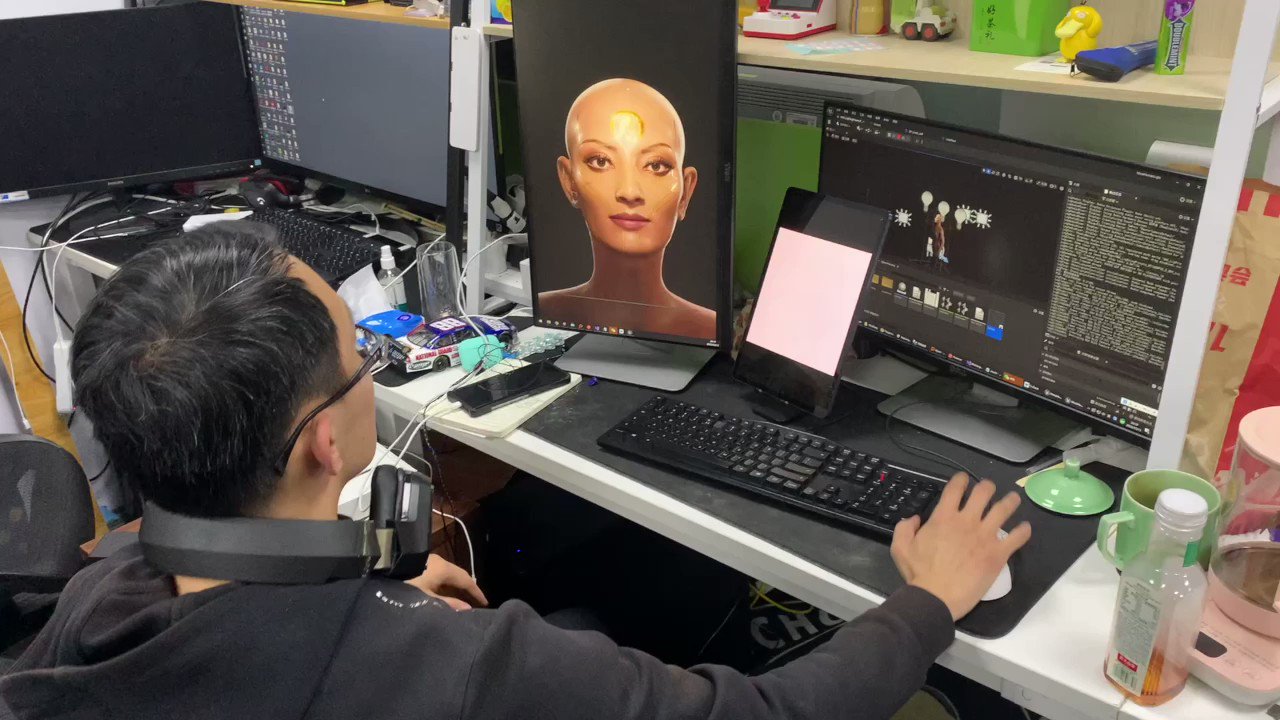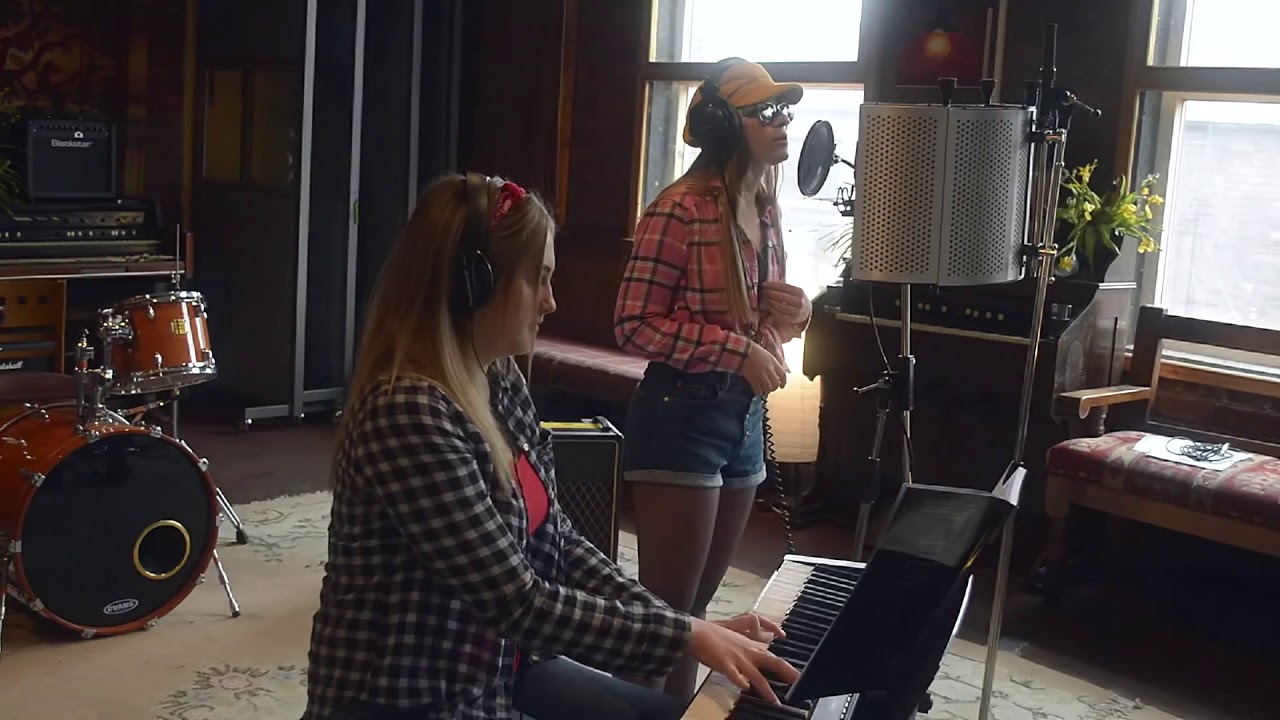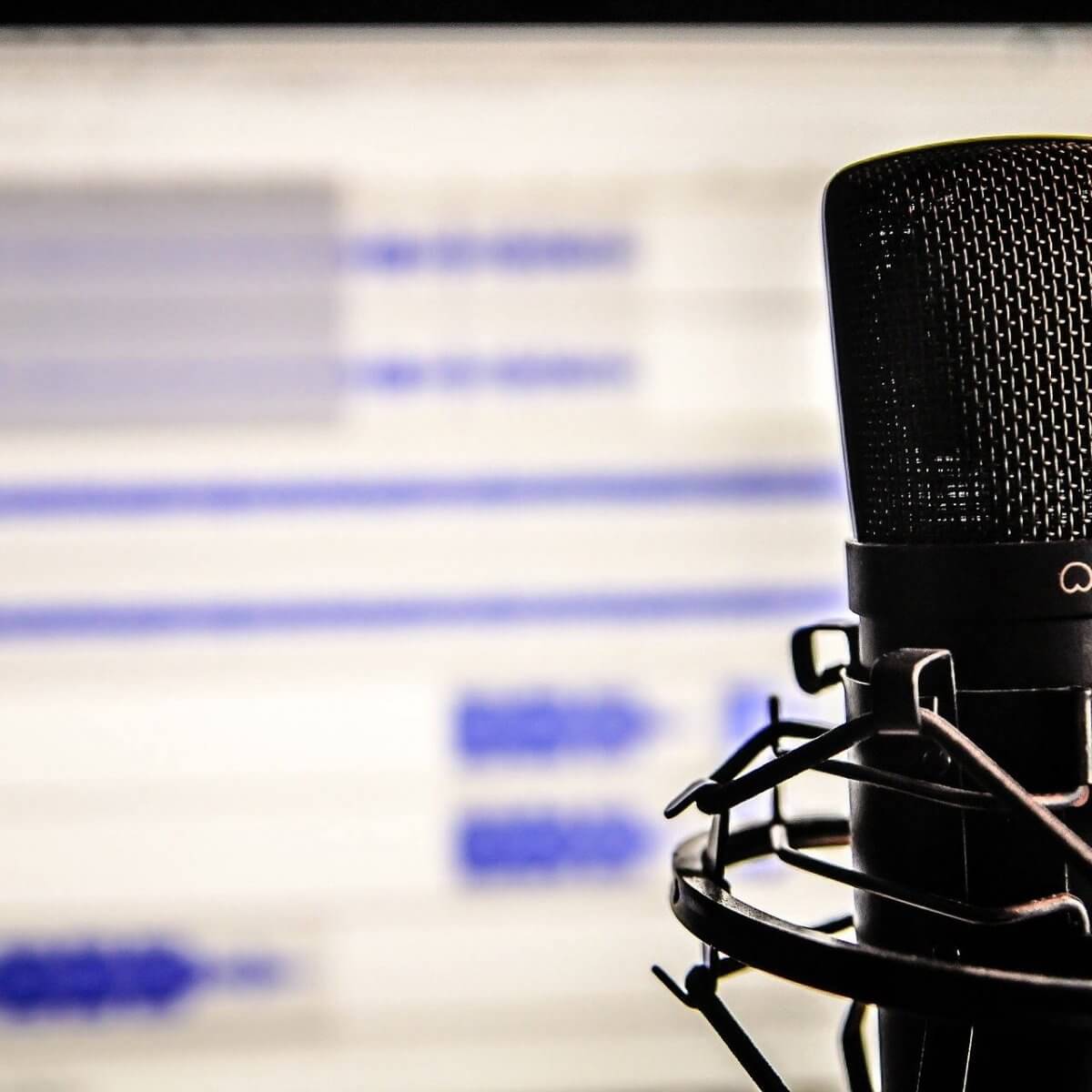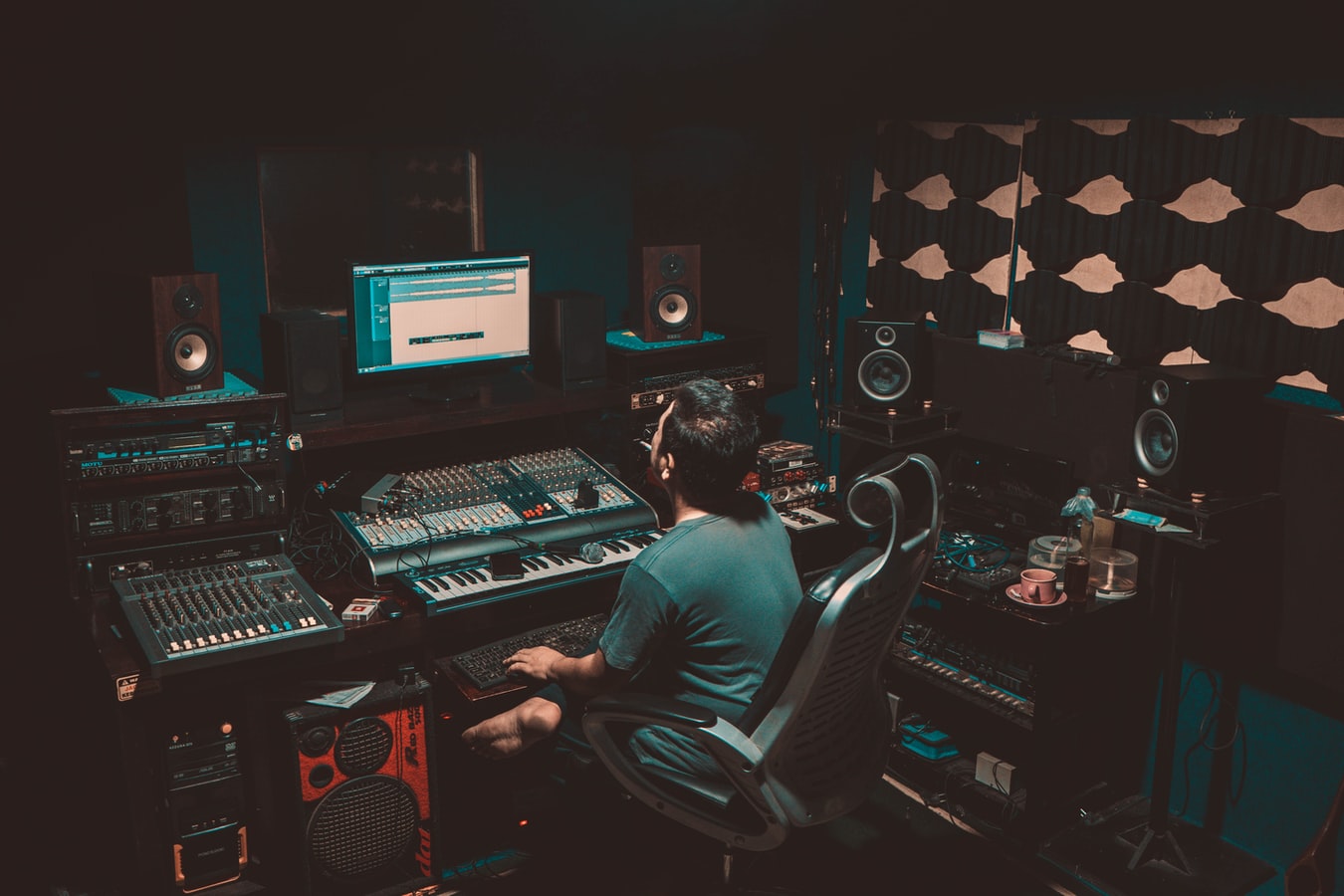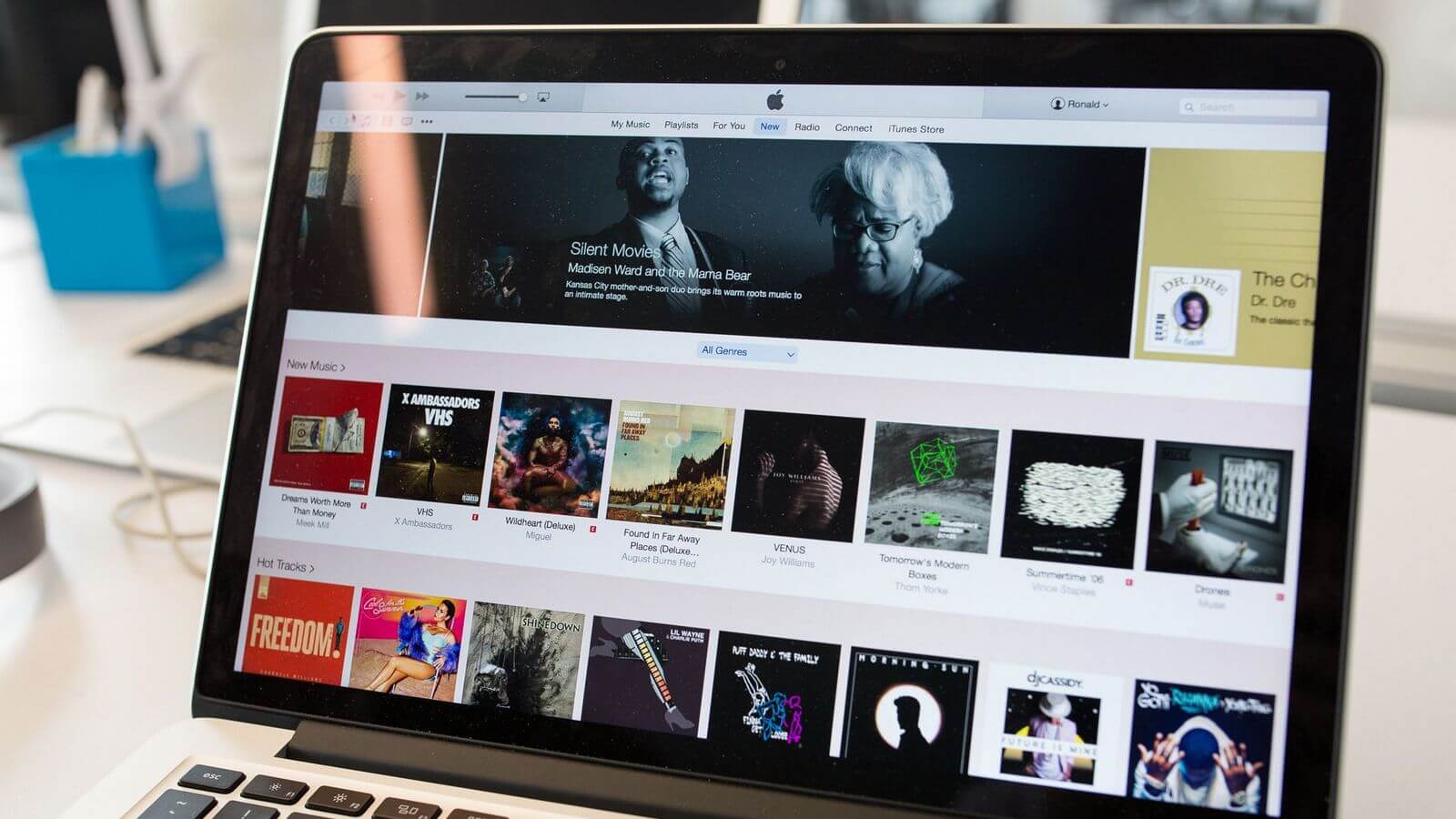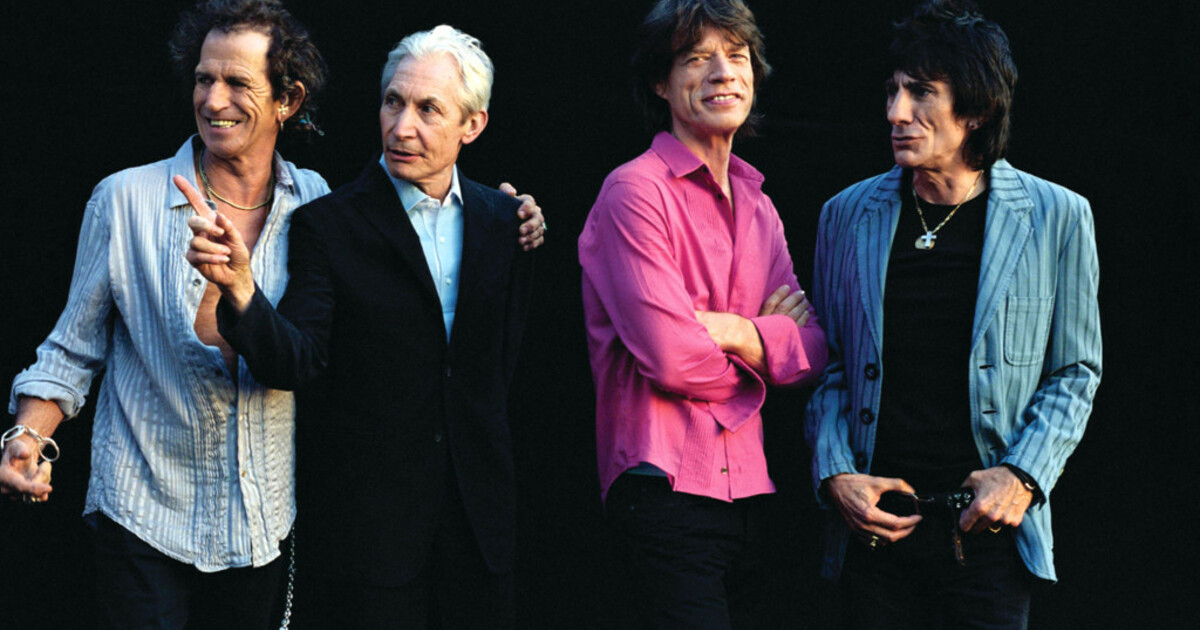Home>Production & Technology>Cover Song>How To Get Rights To Record A Cover Song
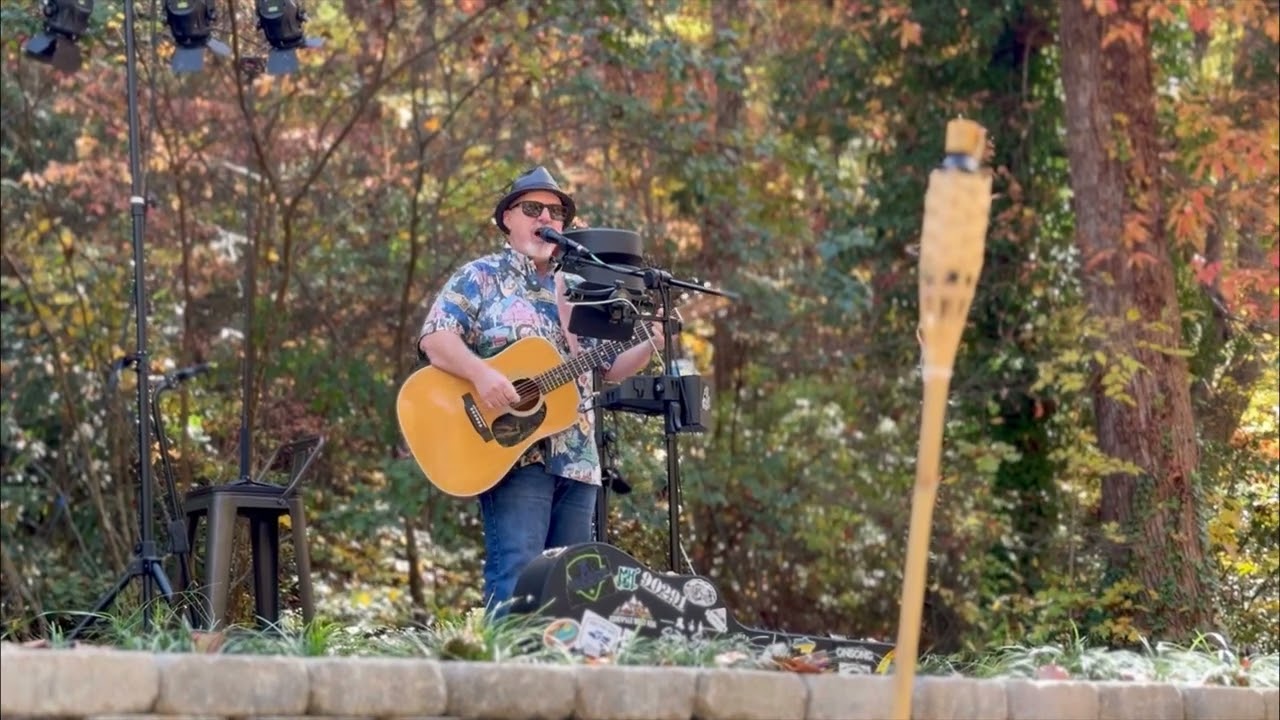

Cover Song
How To Get Rights To Record A Cover Song
Modified: January 22, 2024
Learn how to legally obtain the rights to record a cover song and showcase your talent. Explore the process and requirements for obtaining cover song rights.
(Many of the links in this article redirect to a specific reviewed product. Your purchase of these products through affiliate links helps to generate commission for AudioLover.com, at no extra cost. Learn more)
Table of Contents
Introduction
So, you have a burning desire to record a cover song and share your own unique interpretation of a popular track with the world? Well, you’re not alone! Countless aspiring musicians and talented artists have been captivated by the allure of covering well-known songs throughout music history. From Elvis Presley’s iconic cover of “Hound Dog” to Whitney Houston’s breathtaking rendition of Dolly Parton’s “I Will Always Love You,” cover songs have the power to breathe new life into familiar melodies.
However, before you can dive headfirst into recording and releasing a cover song, it’s essential to understand the intricacies of copyright law. Copyright laws exist to protect the intellectual property of songwriters and creators, ensuring they receive fair compensation for their original work. Unauthorized use of copyrighted material can lead to legal repercussions, so it’s vital to navigate the licensing process properly.
In this guide, we will explore the ins and outs of obtaining the necessary rights and licenses to record a cover song. We’ll demystify copyright laws, outline the different types of licenses available, and provide practical steps to follow on your journey to creating a standout cover song. So, whether you’re an aspiring artist looking to launch your music career or a passionate musician seeking to express your creativity, this comprehensive guide will equip you with the knowledge you need to navigate the world of cover songs.
Let’s dive in and explore the exciting realm of cover songs, where artistry meets legality!
Understanding Copyright Laws
Copyright laws form the backbone of the music industry, protecting the rights of songwriters, composers, and performers. It grants them exclusive control over their original creations, including the right to reproduce, distribute, and publicly perform their work. If you want to record a cover song, it’s crucial to have a solid understanding of copyright laws to ensure you are operating within the legal boundaries.
When it comes to cover songs, copyright law dictates that you must obtain permission from the original copyright holder before recording and releasing your version. The original copyright holder is usually the songwriter or music publisher who owns the rights to the composition. They have the legal authority to grant or deny permission for others to record cover versions of their songs.
It’s important to note that copyright protection extends to both the musical composition and the sound recording of a song. The musical composition refers to the melody, lyrics, and underlying musical elements, while the sound recording pertains to the specific recorded performance of a song.
To determine who owns the copyright to a particular song, you can start by researching the songwriting credits. This information is typically available on platforms like ASCAP, BMI, or SESAC, which are performing rights organizations that administer copyrights for songwriters.
It’s crucial to respect copyright laws and obtain the necessary permissions, as unauthorized use of copyrighted material can lead to legal consequences. By understanding copyright laws and following the proper steps, you can ensure you are on the right side of the law and avoid any potential legal troubles.
In the next section, we will delve into the process of determining whether you need a license to record a cover song, based on the specifics of your project and the relevant copyright laws.
Determining if a License is Needed
Once you have chosen the song you wish to cover, the next step is to determine if you need a license to legally record and release your version. Not all cover songs require licensing, as some fall under the realm of public domain or fall under fair use exceptions. However, it’s essential to conduct thorough research and ensure that you are in compliance with copyright laws.
The first factor to consider is whether the song you want to cover is still under copyright protection. Copyright protection typically lasts for the lifetime of the songwriter plus an additional 70 years. If the song is still within this timeframe, it’s almost certain that you will need a license to legally record and release your cover version.
There are, however, some exceptions to this rule. Songs that have fallen into the public domain are no longer under copyright protection and can be freely recorded and distributed. Public domain songs are typically those whose copyright has expired or those that were never copyrighted in the first place. Examples of well-known public domain songs include “Happy Birthday to You” and “The Star-Spangled Banner.”
Another consideration is fair use. Fair use is a legal doctrine that allows for limited use of copyrighted material without permission from the copyright holder. However, fair use is a complex and often subjective concept that requires careful evaluation. To determine if your cover song falls under fair use, consider factors such as the purpose and character of your use, the nature of the copyrighted work, the amount and substantiality of the portion used, and the effect of your use on the market for the original work.
It’s crucial to note that relying on fair use can be risky, as it often requires legal interpretation and can be subject to legal challenges. Therefore, it is generally recommended to secure proper licenses to ensure you are operating within the legal boundaries.
In the next section, we will explore the different types of licenses available for cover songs and the steps involved in obtaining them.
Types of Licenses for Cover Songs
When it comes to recording and releasing a cover song, there are two primary types of licenses that you may need to obtain: mechanical licenses and synchronization licenses.
A mechanical license is required when you want to reproduce and distribute a cover version of a copyrighted song. This license grants you the right to record and release your cover song in audio format, such as on a CD, digital download, or streaming platform. Mechanical licenses are typically obtained from the music publisher who controls the rights to the composition.
To obtain a mechanical license, you can either contact the music publisher directly or utilize a mechanical licensing agency, such as the Harry Fox Agency (HFA). The HFA represents a vast catalog of songs and simplifies the licensing process by offering a standardized mechanical license. They also provide convenient options for online licensing through their Songfile service.
In addition to mechanical licenses, you may also need a synchronization license if you plan to create a video or visual content to accompany your cover song. A synchronization license grants you the right to synchronize the copyrighted composition with visual elements. This type of license is typically required for music videos, films, television shows, commercials, and other media that incorporate both music and visuals.
Synchronization licenses are obtained from the copyright holder of the musical composition, often the music publisher. However, in some cases, you may need to negotiate directly with the songwriter or their representative. It’s crucial to secure synchronization licenses before using copyrighted music in any visual project to avoid legal issues and ensure that all parties involved are properly compensated.
It’s important to note that the process of obtaining licenses can vary depending on the specific song and copyright holder. Some songs may have multiple rights holders, especially if they have been co-written by multiple songwriters or published by different publishers.
Understanding and obtaining the appropriate licenses for your cover song is crucial to ensure that you are compliant with copyright laws and can legally distribute your recording. In the next section, we will dive into the process of researching and contacting the copyright holders to obtain the necessary licenses for your cover song.
Researching and Contacting the Copyright Holders
Once you have determined that you need licenses for your cover song, the next step is to research and identify the copyright holders. Copyright holders are typically the songwriters, music publishers, or their representative organizations.
To begin your research, you can start by checking performing rights organizations (PROs) such as ASCAP, BMI, or SESAC. These organizations maintain databases that provide information about the songwriters and music publishers associated with a particular song. You can search for the song in their respective databases and find contact information for the copyright holders.
In addition to PROs, you can also explore online databases and music publishing directories that provide contact information for music publishers and rights holders. Websites like SongLink and SongRegistry can serve as valuable resources in finding the relevant copyright holders.
Once you have identified the copyright holders, the next step is to contact them and inquire about obtaining the necessary licenses. It’s important to approach copyright holders with a professional and respectful demeanor. Keep in mind that they receive numerous requests, so make sure to provide all the necessary information upfront to expedite the process.
When contacting the copyright holders, be prepared to provide details about your cover song project, such as the title of the original song, the name of the artist or band performing the cover, the intended format of release (CD, digital download, etc.), and any specific details about your creative interpretation. It’s also important to discuss the terms of the license, including the length of the license, the royalty rates, and any additional requirements or restrictions.
Keep in mind that the negotiation process may take time, as copyright holders may need to consult with other parties involved or review your proposal carefully. Patience and open communication are key during this stage.
It’s worth mentioning that in some cases, you may come across a copyright holder who is unresponsive or difficult to locate. In such situations, consulting a music attorney or licensing agency can be beneficial, as they can assist in navigating the licensing process and ensure that all necessary permissions are obtained.
Remember, obtaining the necessary licenses and permissions is essential to legally record and release your cover song. By conducting thorough research and reaching out to copyright holders, you can ensure that you are on the right side of the law and protect yourself from potential legal issues.
Obtaining Mechanical Licenses
Once you have identified the copyright holders and established contact, the next step is to obtain the mechanical license for your cover song. A mechanical license is required to reproduce and distribute your cover version of a copyrighted song.
There are a few different routes you can take to obtain a mechanical license. One option is to contact the copyright holder directly. This could be the songwriter or the music publisher who controls the rights to the composition. In your communication, clearly state your intention to record a cover version and request the necessary mechanical license.
Another option is to use a mechanical licensing agency, such as the Harry Fox Agency (HFA). The HFA represents a vast catalog of songs and offers a streamlined licensing process through their Songfile service. Songfile allows you to easily search for a song, select the format and quantity of your release, and obtain the mechanical license online.
When applying for a mechanical license, be prepared to provide specific details about your cover song project, including the title of the original song, the name of the artist or band performing the cover, the intended format of release (CD, digital download, etc.), and the total number of copies you plan to manufacture or distribute.
Once your request is submitted, the copyright holder or licensing agency will review your application and determine the fees and royalty rates associated with the license. These fees may vary depending on factors such as the popularity of the song, the number of copies being produced, and the intended uses of the cover song.
After the mechanical license is granted, you will typically be required to pay the applicable fees and royalties. These fees are typically based on a per-unit basis, meaning you will pay a specific amount for each copy of your cover song that is manufactured or distributed.
It’s important to keep accurate records of the number of copies you produce or distribute and report this information to the copyright holder or licensing agency. This ensures that the copyright holder receives proper compensation for the use of their copyrighted material.
Obtaining a mechanical license is a vital step in the process of recording and releasing a cover song. By following the proper procedures and utilizing resources such as direct communication with copyright holders or licensing agencies, you can secure the necessary licenses and ensure that you are compliant with copyright laws.
Obtaining Synchronization Licenses
If you plan on creating a video or audiovisual content to accompany your cover song, you will need to obtain a synchronization license. Synchronization licenses are necessary when you want to combine the copyrighted composition with visual elements, such as in music videos, commercials, or films.
To obtain a synchronization license, you will need to reach out to the copyright holder of the musical composition, which is often the music publisher. In your communication, clearly state your intention to create a visual work using the cover song and request the synchronization license.
Just like with mechanical licenses, you may also find it helpful to utilize a licensing agency or seek the assistance of a music attorney who specializes in licensing. These professionals have the knowledge and expertise to navigate the complexities of synchronization licensing and ensure that you are securing the necessary permissions.
When requesting a synchronization license, you will need to provide specific details about your project, including the intended usage, the duration of the video, and any additional relevant information. The copyright holder will review your request and determine the fees and conditions associated with the synchronization license.
It’s important to negotiate the terms of the synchronization license carefully. Factors such as the length of the license, the territory where the content will be distributed, and the royalty rates will all need to be addressed. The agreement may also include provisions for any changes you may want to make to the composition, such as editing or remixing the cover song.
Once the synchronization license is granted, you will usually need to pay an upfront fee or agree upon a royalty rate for the use of the copyrighted composition in your visual work. It’s important to keep accurate records of the usage and distribution of the content, as you may be required to report this information to the copyright holder and pay any royalties owed.
Obtaining a synchronization license is a crucial step in ensuring that you can legally combine your cover song with visual elements. By following the proper procedures, negotiating the terms, and securing the necessary licenses, you can confidently create and distribute your cover song in audiovisual formats while respecting the rights of the copyright holder.
Paying Royalties for Cover Songs
When recording and releasing a cover song, it’s important to understand that you are required to pay royalties to the original copyright holders. Royalties are the fees paid for the use of copyrighted material, ensuring that the songwriters, music publishers, and other rights holders are compensated for their creative work.
The payment of royalties for cover songs typically consists of two main components: mechanical royalties and performance royalties.
Mechanical royalties are paid to the copyright holders for the reproduction and distribution of the cover song. These royalties are often based on a per-unit basis and are paid for each copy of the cover song that is manufactured or distributed, as specified in the mechanical license agreement.
Performance royalties are paid for the public performance of the cover song. This includes instances where the song is performed live, played on radio or television, or streamed online. Performance royalties are collected by performing rights organizations (PROs) such as ASCAP, BMI, or SESAC, and are then distributed to the relevant copyright holders.
When it comes to mechanical royalties, the fees are typically established based on statutory rates set by the law or through negotiated agreements. The specific rates may vary depending on factors such as the popularity of the song, the intended format of release, and the number of copies manufactured or distributed.
Performance royalties are collected and distributed by PROs based on various factors such as radio airplay, TV broadcasts, live performances, and online streaming. These organizations track and monitor the usage of copyrighted material and ensure that the appropriate royalties are paid to the copyright holders.
To ensure that you are fulfilling your royalty obligations, it is important to keep accurate records of the number of copies manufactured or distributed and report this information to the relevant parties. In the case of performance royalties, joining a PRO and registering your cover song with them is essential for the collection and distribution of these royalties.
It’s important to note that the specific royalty rates and requirements may vary depending on the region and the agreements made with the copyright holders. Consulting a music attorney or licensing agency can provide valuable guidance on understanding and fulfilling your royalty obligations.
By paying the required mechanical and performance royalties, you not only fulfill your legal obligations but also contribute to supporting the creators and copyright holders of the original song, ensuring that they receive fair compensation for their work.
Recording and Releasing the Cover Song
Once you have obtained the necessary licenses and permissions, it’s time to move forward with recording and releasing your cover song. This process involves taking your interpretation of the original song and bringing it to life in a way that showcases your unique artistry while staying true to the essence of the original composition.
When it comes to recording a cover song, there are a few key considerations to keep in mind. First, it’s important to give proper credit to the original songwriters. Make sure to include the songwriting credits in your album artwork, track listings, and any promotional materials associated with your cover song. Giving credit to the original creators is both a respectful gesture and a legal requirement.
Next, focus on arranging and performing the cover song in a way that showcases your artistic vision. Whether you choose to stay faithful to the original arrangement or add your own unique twist, aim for a rendition that highlights your individuality as an artist while maintaining the essence of the original composition.
Ensure that the recording quality meets professional standards. This includes using high-quality recording equipment and techniques to capture your vocals and instrumentals accurately. If you’re not proficient in recording and mixing, consider working with a professional audio engineer who can help you achieve the desired sound quality.
Once your cover song is recorded, it’s time to plan for its release. This involves deciding on the format in which you want to distribute your cover song, such as digital downloads, streaming services, physical CDs, or vinyl records. Consider your audience and the platforms they are most likely to use to access and discover music.
Promotion is a crucial aspect of releasing your cover song. Leverage social media platforms, your website, and other online channels to generate buzz and build anticipation before the release. Engage with your audience and encourage them to share your cover song with their networks.
It’s essential to respect copyright laws and licensing agreements during the release process. Make sure that all royalties and licensing fees associated with the cover song are paid promptly and accurately to the copyright holders. This ensures that you are operating within the legal boundaries and protecting yourself from potential legal issues.
Consider creating visually appealing assets such as cover art, lyric videos, or music videos to accompany the release of your cover song. Visual content can enhance the overall listening experience and attract a wider audience.
Lastly, engage with your fans and followers by soliciting feedback and responses to your cover song. This can help in understanding their preferences, improving your future releases, and establishing a deeper connection with your audience.
By meticulously recording and thoughtfully releasing your cover song, you have the opportunity to share your talent and creativity with the world while paying homage to the original creators. Through careful planning, execution, and compliance with copyright laws, your cover song can resonate with listeners and leave a lasting impact.
Conclusion
Cover songs offer a captivating way for artists to pay homage to their musical influences, showcase their artistic interpretation, and connect with audiences. However, navigating the world of cover songs requires a solid understanding of copyright laws, obtaining licenses, and fulfilling royalty obligations to ensure legal compliance.
Throughout this guide, we have explored the essential steps involved in recording and releasing a cover song. From understanding copyright laws and determining licensing requirements to researching copyright holders and obtaining mechanical and synchronization licenses, each phase plays a crucial role in the overall process.
By conducting thorough research, reaching out to copyright holders, and securing the necessary licenses, you can ensure that you are legally protecting your cover song and respecting the rights of the original creators. Paying royalties for the reproduction, distribution, and public performance of the cover song is essential for supporting the creative individuals behind the composition.
Recording and releasing a cover song involves careful attention to detail, including proper crediting of the original songwriters and delivering a performance that showcases your artistic vision while staying true to the essence of the original composition. Leveraging social media and other online platforms for promotion, creating visually appealing assets, and engaging with your audience can help build momentum and reach a wider audience.
As you embark on your journey of recording cover songs, always remember the importance of respecting copyright laws, maintaining professionalism in your communication with copyright holders, and consistently paying the required royalties and licensing fees. By doing so, you not only protect your own artistic integrity but also contribute to the sustainability and fairness of the music industry as a whole.
Now armed with the knowledge and understanding of the process, go forth and create your own extraordinary cover songs – expressions of your artistry that will captivate listeners and pay homage to the timeless beauty of the compositions that inspire you.



